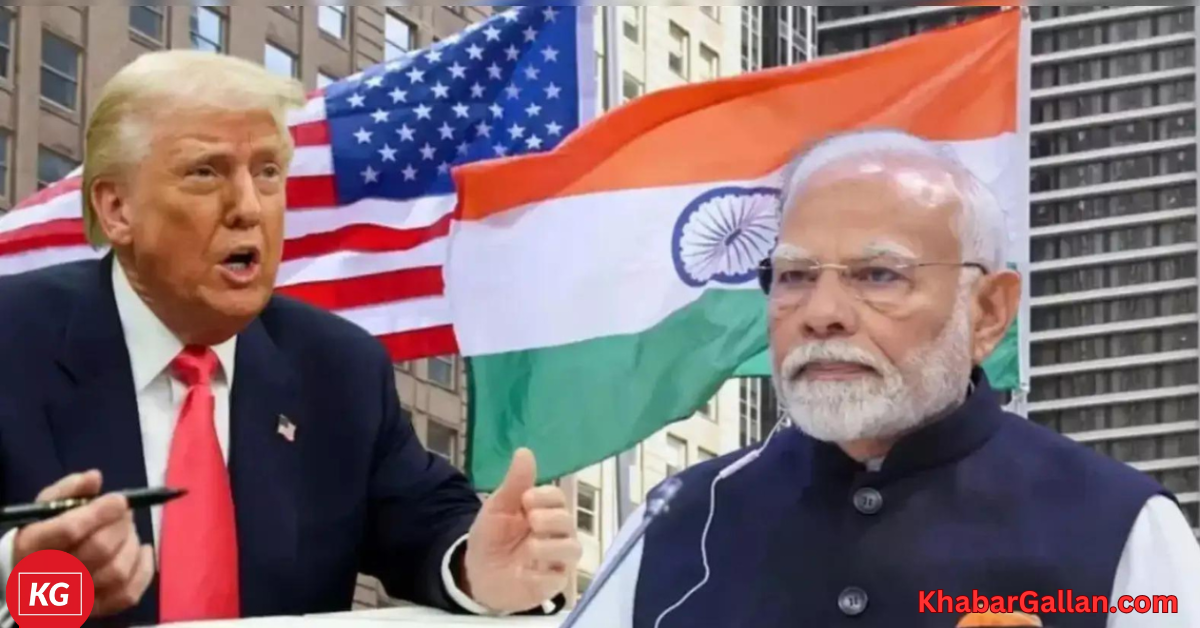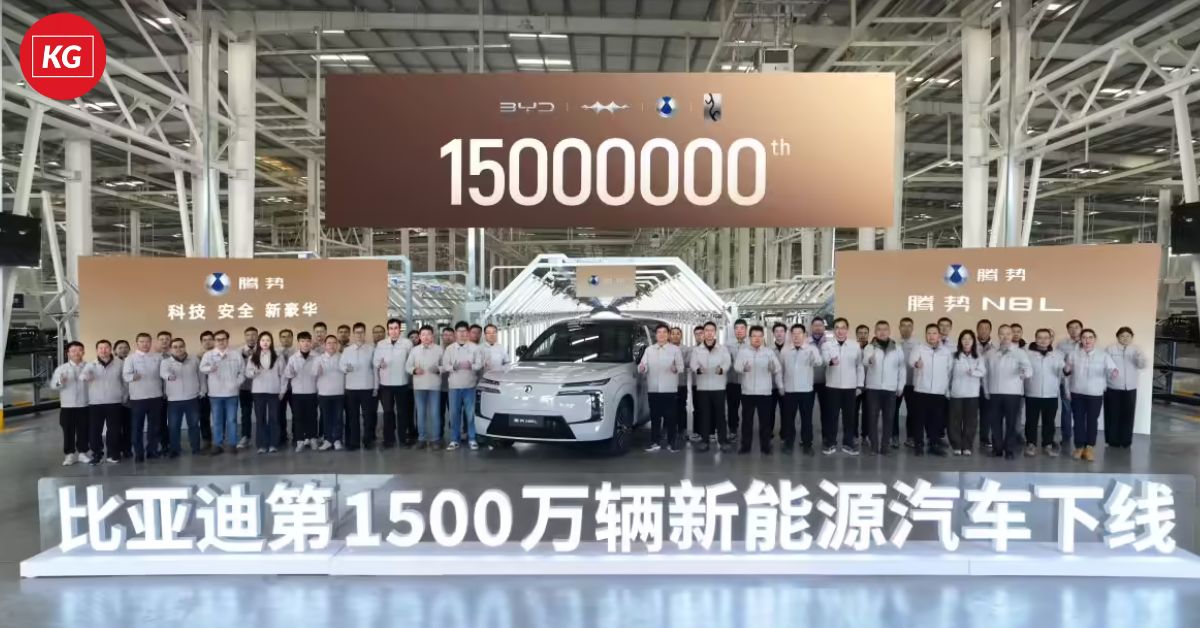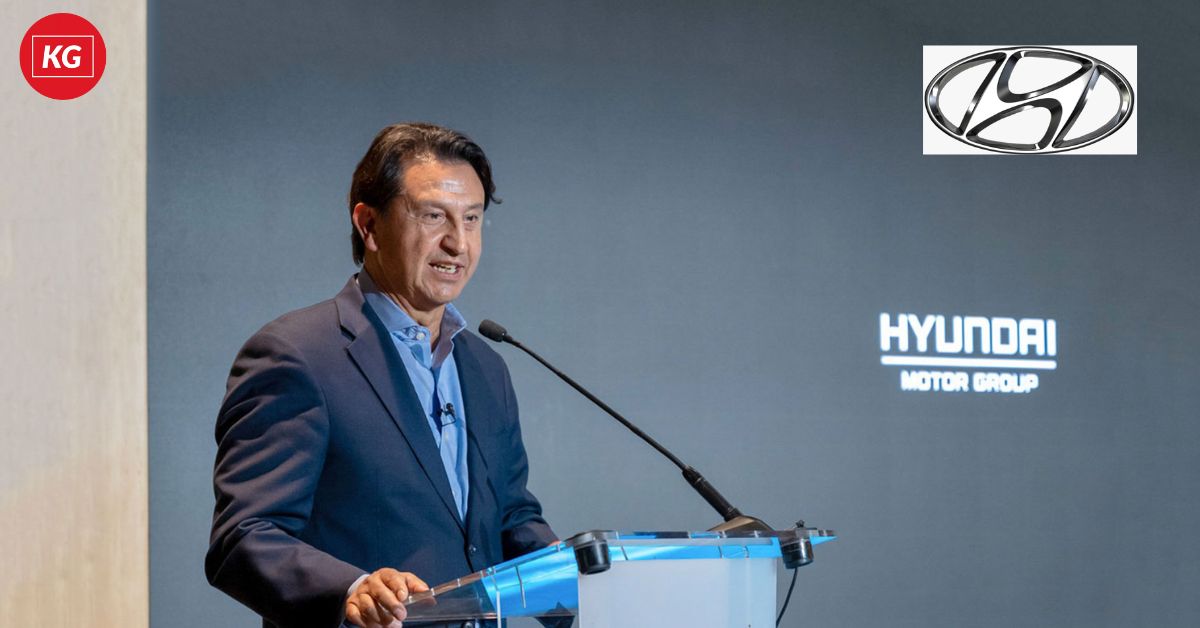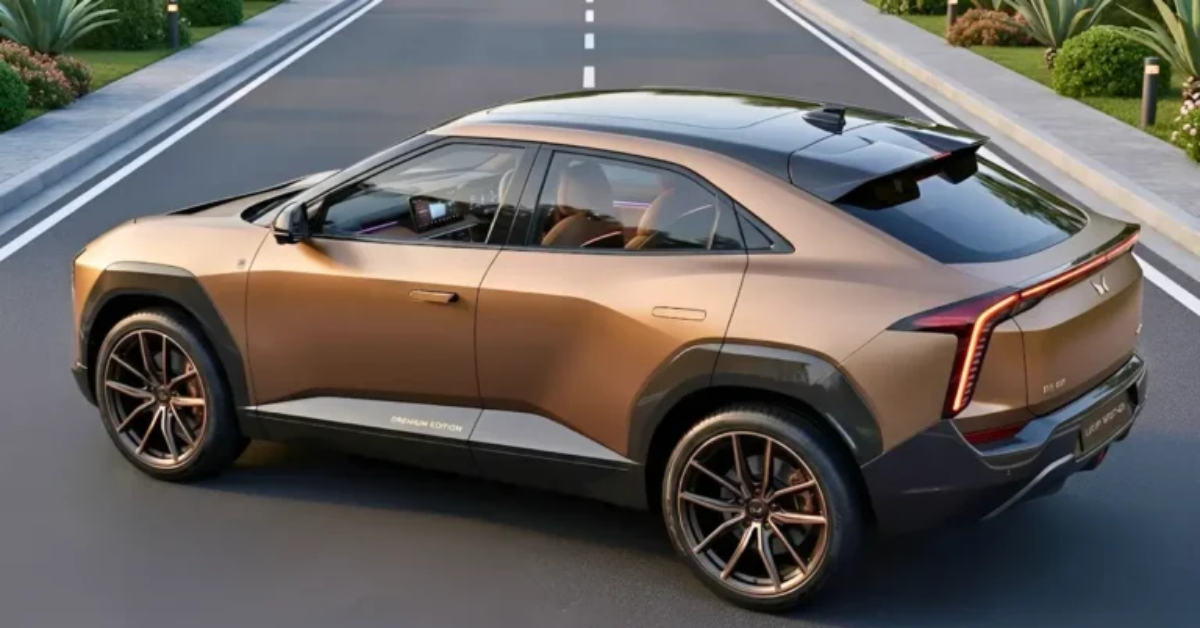President Donald Trump recently announced plans to impose a universal 25% tariff on all imported goods if re-elected in the 2024 U.S. presidential election. While the announcement primarily targets China, the implications of such a sweeping protectionist policy could have far-reaching consequences — especially for emerging trade partners like India.
For India, a long-standing strategic and economic partner of the United States, the proposed tariff represents both a challenge and a potential turning point in bilateral trade relations. This blog explores the possible repercussions of Trump’s tariff policy on India–U.S. trade and what it could mean for businesses, policymakers, and consumers on both sides.
A Quick Look at India–US Trade
India and the United States have developed a robust trading relationship over the past few decades. In 2023, bilateral trade in goods and services reached over $190 billion, making the U.S. India’s largest trading partner. Key Indian exports to the U.S. include pharmaceuticals, textiles, machinery, and software services, while the U.S. exports defense equipment, aircraft, and agricultural products to India.
The relationship has deepened beyond just goods — encompassing investment, technology collaboration, and strategic defense cooperation. However, trade has not been without friction. Issues such as intellectual property rights, e-commerce regulation, and tariff barriers have occasionally strained ties.
The Impact of a Blanket 25% Tariff
Trump’s proposed tariff would be a uniform 25% duty on all imports, regardless of the country of origin or product category. This broad-brush approach to trade policy would mark a dramatic shift away from the selective, negotiated tariffs seen under prior administrations.
For India, the impacts could unfold across several dimensions:
1. Export Competitiveness at Risk
Many Indian exports, especially in textiles, automotive parts, and electronics, compete on price. A 25% tariff would significantly erode price competitiveness, making Indian goods more expensive for American consumers and less attractive compared to domestic alternatives or imports from countries with preferential trade deals.
This could lead to a drop in export volumes, especially in labor-intensive sectors like apparel and leather goods, which are already operating on thin margins.
2. Disruption in Supply Chains
India has been increasingly integrated into U.S.-bound supply chains, especially as American firms seek to diversify away from China. If a 25% tariff applies to intermediate goods from India, U.S. manufacturers relying on Indian inputs could face higher production costs, potentially pushing companies to reassess sourcing strategies.
This could slow down the momentum of “China + 1” strategies where India was beginning to benefit as an alternative sourcing hub.
3. Impact on Indian IT and Services
Though Trump’s tariff talk is focused on goods, it raises questions about the future of India’s IT and services exports. While services are typically not subject to import tariffs, a more protectionist U.S. stance could lead to tighter immigration controls, including on H-1B visas, which are crucial for India’s tech talent working in the U.S.
A return to the “America First” doctrine could curtail business outsourcing and impact India’s multi-billion dollar tech exports.
India’s Possible Responses
India would be unlikely to passively accept a universal tariff hike. Possible responses could include:
- Seeking exemptions or carve-outs, similar to how Canada and Mexico negotiated exceptions under previous U.S. tariffs.
- Retaliatory tariffs on U.S. goods, such as almonds, apples, and Harley-Davidsons — a strategy India used during Trump’s first term.
- Strengthening trade ties with other partners like the EU, ASEAN, and the Middle East to cushion the blow from reduced U.S. demand.
- Accelerating domestic reforms to improve ease of doing business and attract American firms to invest directly in India instead of exporting.
The Geopolitical Overlay
Beyond economics, India–U.S. relations are also shaped by geopolitical considerations, especially in the Indo-Pacific region. Both nations share concerns about China’s rise and have increased defense cooperation, most recently under the Quad alliance.
This strategic alignment could moderate the harshness of any trade decisions, as the U.S. may not want to alienate a key ally. India may use its geopolitical leverage to negotiate more favorable trade terms or exemptions from uniform tariffs.
Conclusion: Trade at a Crossroads
Trump’s 25% tariff proposal is not just a trade policy—it’s a signal of a broader protectionist shift that could redefine global commerce. For India, it presents a complex challenge: defending its export interests while maintaining strong strategic ties with the United States.
Whether the tariff becomes reality depends on the outcome of the 2024 U.S. election. But the announcement alone should prompt India’s government and businesses to prepare for a more uncertain and possibly adversarial trade environment.













Leave a Reply